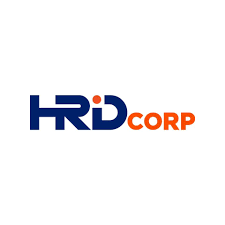‘Ensure safety of nanotech products’ - New Straits Times Online
New Straits Times Online, 3 November 2014
KUALA LUMPUR: As nanotechnology is being used increasingly in industries, there is a need to regulate the technology to ensure the safety and health of those at risk, said the National Institute of Occupational Safety and Health (Niosh).
Its chairman, Tan Sri Lee Lam Thye, said: “It is estimated that more than one per cent of the products in the market contain nanomaterials as their critical components, or use nanotech in the manufacturing process.
“In the coming decade, the usage of nanomaterials is expected to increase by 10 per cent, leading to a rapid expansion of nanotech that will have an impact on our everyday life,” he said yesterday.
Lee said in the coming years, the Asia-Pacific region would play a key role in the industrial production of nanotech-related products.
Those who might be at risk, he said, were industrial workers, researchers and consumers of the finished products.
“For instance, workers in factories producing nanotech-products may be exposed to airborne nanoparticles without adequate protection.
“Consumers may come into nanomaterial products that will have an impact on their health.
“Therefore, it is vital for more research to be carried out and steps taken to disseminate information to the public,” he said.
Lee said a proper risk governance system needs to be introduced and implemented to ensure sustainable development of this useful and high potential technology.
He said it would be necessary to introduce a National Nanosafety and Ethics Policy if such a policy does not exist now.
“Nanotech should be covered in the work health and safety regulatory framework. The authorities should improve understanding of the hazardous properties of nanomaterials among workers and managements and prevent exposure to its harmful effects.
“The government should also develop procedures for measuring the emissions and exposures of nanomaterials in workplaces and to provide information and guidance for nanotech organisations about the many risks and hazards associated with nanotech.”
Lee said it was estimated that there were about 400,000 workers employed in nanotech industries worldwide in 2010, with the number expected to rise to six million by 2020.















